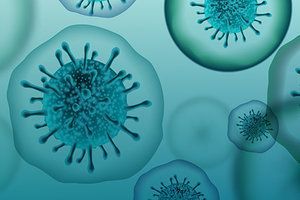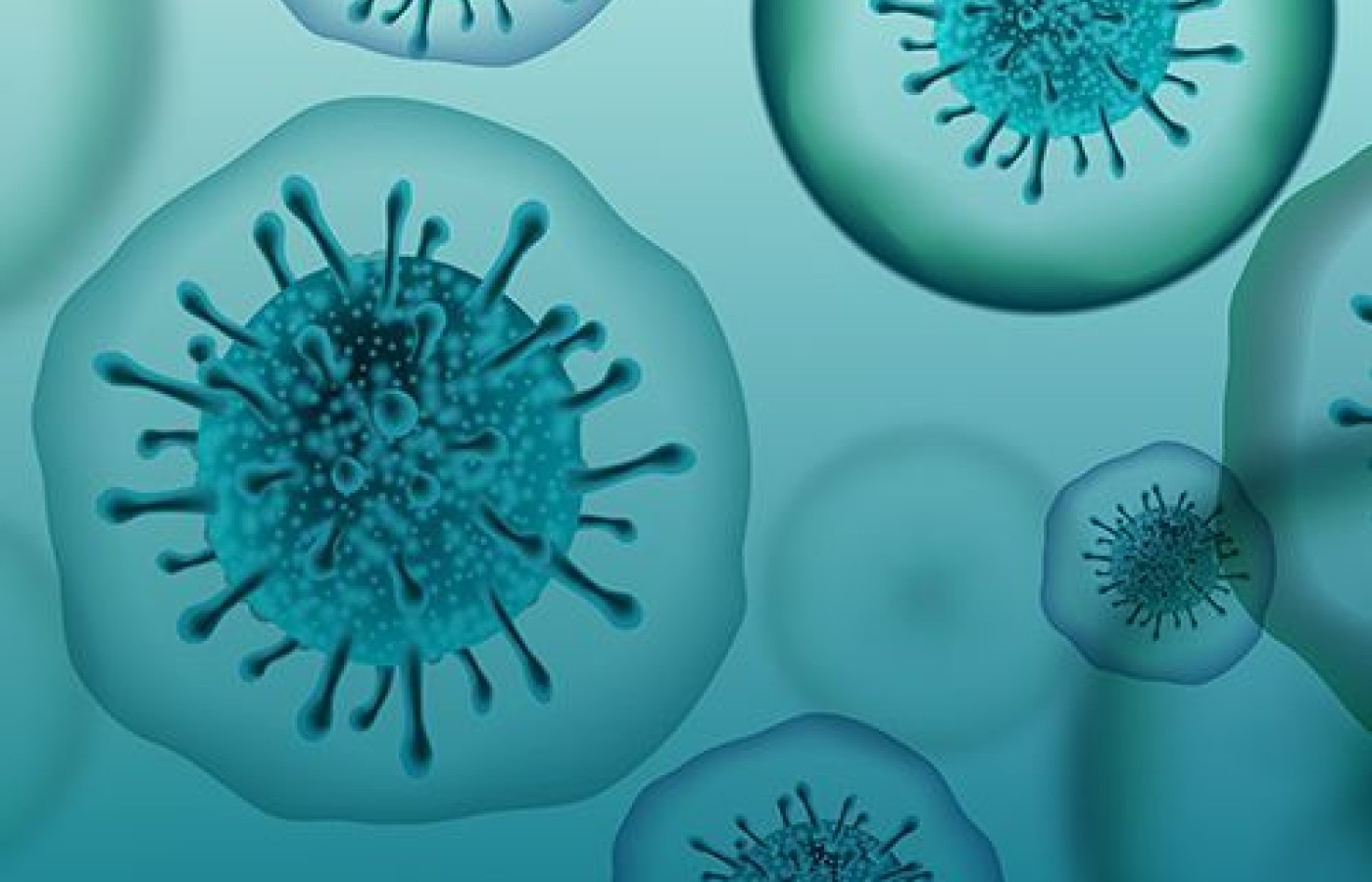One of the longest nerves in the body is known as the vagus nerve (VN). The VN is the 10th pair of cranial nerves that originates at the brain stem in the medulla oblongata. This nerve is part of the parasympathetic nervous system, which is a part of the ANS. Research suggests ear acupuncture can activate the VN.
A Coronavirus-Related Case Study
As coronavirus spreads, traditional medicine practitioners are figuring out how best to support our patients through the stages of virus infection. Although we have significant experience treating epidemic disease in the history of traditional Chinese medicine, as documented in the medical classics, there is no singular conclusion about which herbal medicine can prevent or treat this type of virus.
Here, we outline a case study of a COVID-19 positive patient who was symptomatic. With this case, we consulted with the patient through telemedicine. A member of the patient's family came to pick up the herbs we prescribed after the initial diagnosis. Below is the day-by-day process of symptom progression and treatment.
Days 1-2: Initial Presentation
A 28-year-old female awoke with chest pain and shortness of breath very early in the morning. The patient went back to sleep and when she awoke again, she also had thick nasal congestion, frontal headache, severe sore painful throat with difficulty swallowing, cough with thick green and yellow phlegm, and body aches. The patient felt alternating chills and fever with more feelings of cold and a desire to bundle up. She experienced no sweating during the day, but experienced night sweats. Her appetite was normal with normal thirst, and unremarkable bowel movements and urination.

From a TCM perspective, the patient was experiencing attack from evil qi, which quickly penetrated the Tai Yang and went to the Shao Yang level according to Shang Han theory, and additionally experienced lung phlegm heat congestion. This is a complex case as it affected many levels simultaneously.
Day 3
All symptoms continued and the patient was tested for COVID-19; unfortunately, she tested positive. The patient reported that all her symptoms continued; however, her throat became slightly less painful. The patient also lost her sense of taste.
The positive coronavirus result shows us that the evil qi is Li Qi; i.e. an epidemic-type evil in traditional Chinese medicine. The diagnosis is the same, except the loss of taste is due to weakening of spleen qi.
Day 4
The patient reported that all original symptoms were the same, but she had also developed nausea, no thirst and poor appetite. The patient consulted TCM herbal treatment and was diagnosed with Shao Yang syndrome with phlegm heat in the lungs as the major pattern diagnosis; as well as spleen qi deficiency and stomach qi rebellion.
Herbal Formula Prescription
Chai Hu 15g, Huang Qin 15g, Chuan Xiong 9g, Qiang Huo 9g, Ban Xia 9g, Gua Luo Ren 9g, Huang Qi 12g, Sha Shen 9g, Lian Qiao 9g, Niu Bang Zi 9g, Zhi Zi 9g. Three bags were given and the patient was instructed to decoct the herbs as a tea to be taken every day, twice a day for three days. The patient received the herbal formula at 7 p.m. and took one dose the first night. The patient reported that she experienced significant night sweats that night.
Day 5
The patient reported that her sore throat, body aches and headache had all improved significantly and were mostly gone. Her shortness of breath was greatly reduced, and her nasal congestion and chills and fever had gone away. The patient reported her cough had become less frequent and she expectorated whitish mixed with yellowish phlegm. Her chest pain was reduced. She still experienced nausea and lack of taste sensation. Since her symptoms were improving, we advised the patient to continue the same formula.
Day 6
The patient reported that slight body aches had returned. Her cough had become less frequent and had no phlegm, but she still experienced chest pain. The patient reported she ate mostly liquids and cooked vegetables. She began to experience diarrhea with 3-4 watery bowel movements per day. We advised her to continue to take the same herbal formula.
Day 7
The patient felt nausea and had diarrhea, and threw up phlegm once during the day. Otherwise, the patient reported feeling good overall, with improved energy. Her cough had mostly disappeared, and her body aches were diminished. From a TCM perspective, if someone experiences some vomiting, diarrhea, or even heavy sweating, those symptoms are evidence indicating the body is starting to eliminate the turbidity and allowing the body to metabolize waste. It is an encouraging sign that the patient should recover thereafter.
Day 8
The patient reported she felt very good. She had some lingering nausea; bowel movements began to normalize and appetite and sense of taste began to return. The patient reported a mild, lingering dry cough. She felt that she was getting better rapidly and did not feel that she needed herbs. She was advised to drink ginger tea, which she did throughout the day.
Days 9-13
The patient reported no nausea, bowel movements returned to normal, and her sense of taste came back. Her only lingering symptom is a very mild cough without phlegm, only experienced upon first waking in the morning.
Discussion
After the herbal tea treatment, the patient's condition dramatically improved day by day. In TCM, if the diagnosis is right, the condition should improve with treatment. The formula cannot be generalized for coronavirus, of course, but can provide an example of how TCM can help improve symptoms of coronavirus-positive patients. Surely there will be accumulated case studies from TCM practitioners in the United States throughout this pandemic, which can help this classic wisdom come into more recognition in our society.
Editor's Note: While the U.S. and global health care system may eventually position acupuncture / TCM as a frontline prevention and treatment method for COVID-19, our intention at present is only to disseminate evidence, in the form of research and clinical cases, regarding its potential role. The authors are not offering treatment recommendations in lieu of CDC or other guidelines, or without consulting other clinicians who may be co-managing the patient's care; nor are we endorsing such.



